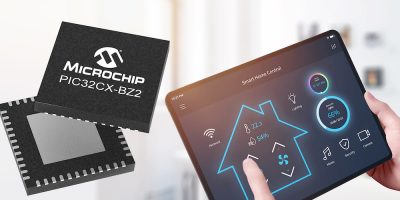The latest Isaac ROS software release has been announced at ROSCon and includes new cloud / edge to robot task management and monitoring software for autonomous mobile robot (AMR) fleets.
The software consists of individual packages (GEMs) and complete pipelines (NITROS) for hardware accelerated performance.
It also adds Mission Dispatch and Client functionality. This is an open-source CPU package to assign and monitor tasks from a fleet management system to the robot. It integrates a cloud native micro service which can be integrated as part of larger fleet management systems, explained Nvidia.
Dispatch and Client communicate uses VDA5050, an open standard for communications designed specifically for robot fleets with messages transmitted wirelessly over the IoT protocol MQTT.
Mission Dispatch is a containerised micro-service available for download from NGC, or as source code on Isaac GitHub, and can be integrated into fleet management systems.
Mission Dispatch has been verified to interoperate with other open source ROS 2 clients, including the VDA5050 connector developed by OTTO Motors and InOrbit AI.
Mission Client is compatible with ROS 2 Humble and available as a package in Isaac
ROS GitHub and pre-integrated with the Nav2 navigation stack to assign and track
navigation and other tasks on the robot.
“As mobile robot deployment in the real world accelerates, interoperability is becoming increasingly critical,” commented Ryan Gariepy, CTO at OTTO Motors. “Bridging VDA5050 with ROS2 as an open-source community will promote innovation in fleet management solutions while allowing robot makers to focus on differentiation.”
There is also FreeSpace segmentation, a hardware accelerated package for producing a vision AI based occupancy grid in the proximity of the robot to be used as an input to the navigation stack.
Video data collection for training AI perception models uses new GEMs on the Nvidia Jetson AGX Orin platform measured at two 1080p stereo cameras at 30frames per second (more than 120frames per second total) to reduce the data footprint by a factor of 10x in the H.264 video encode and decode packages for compressed video data recording and playback.







